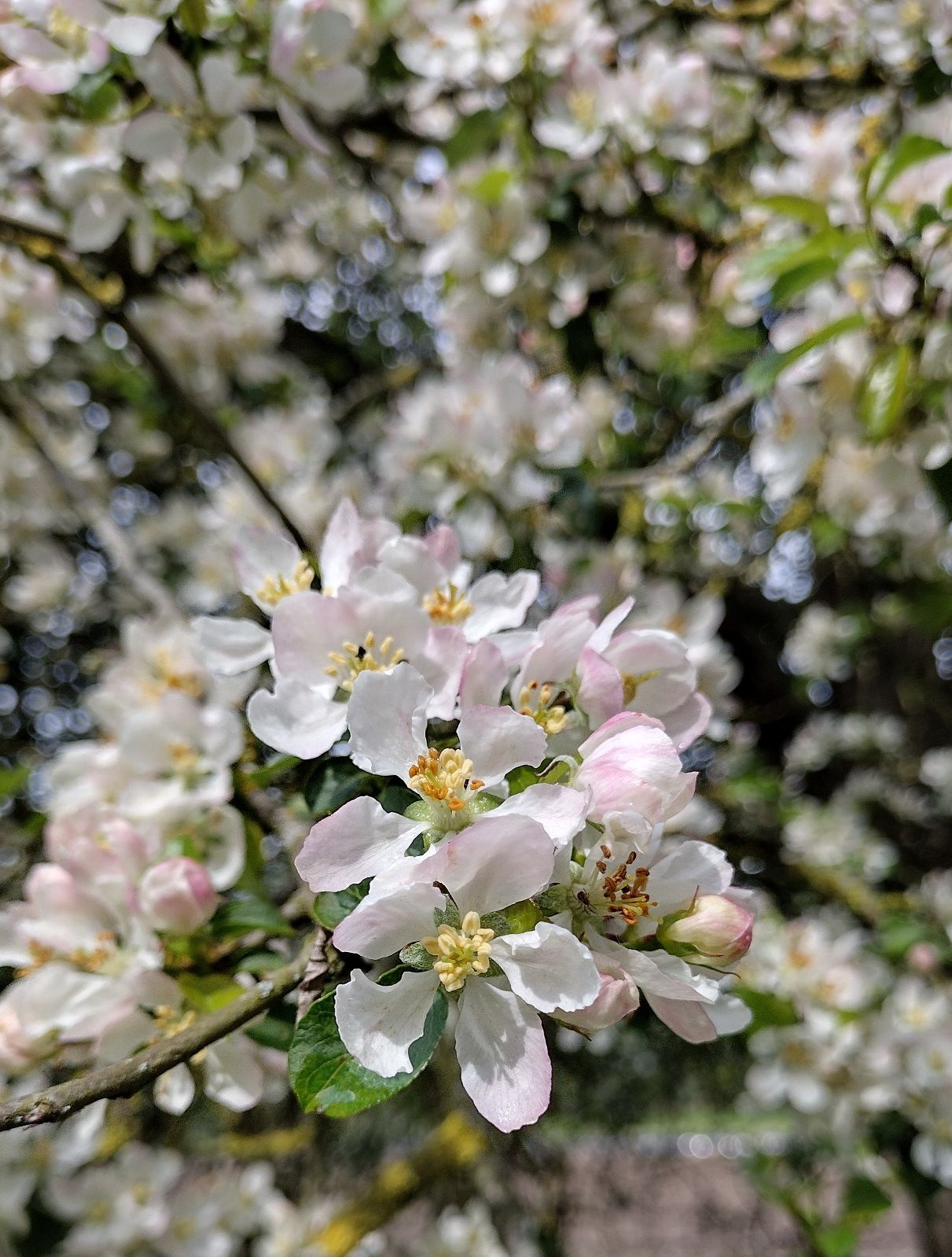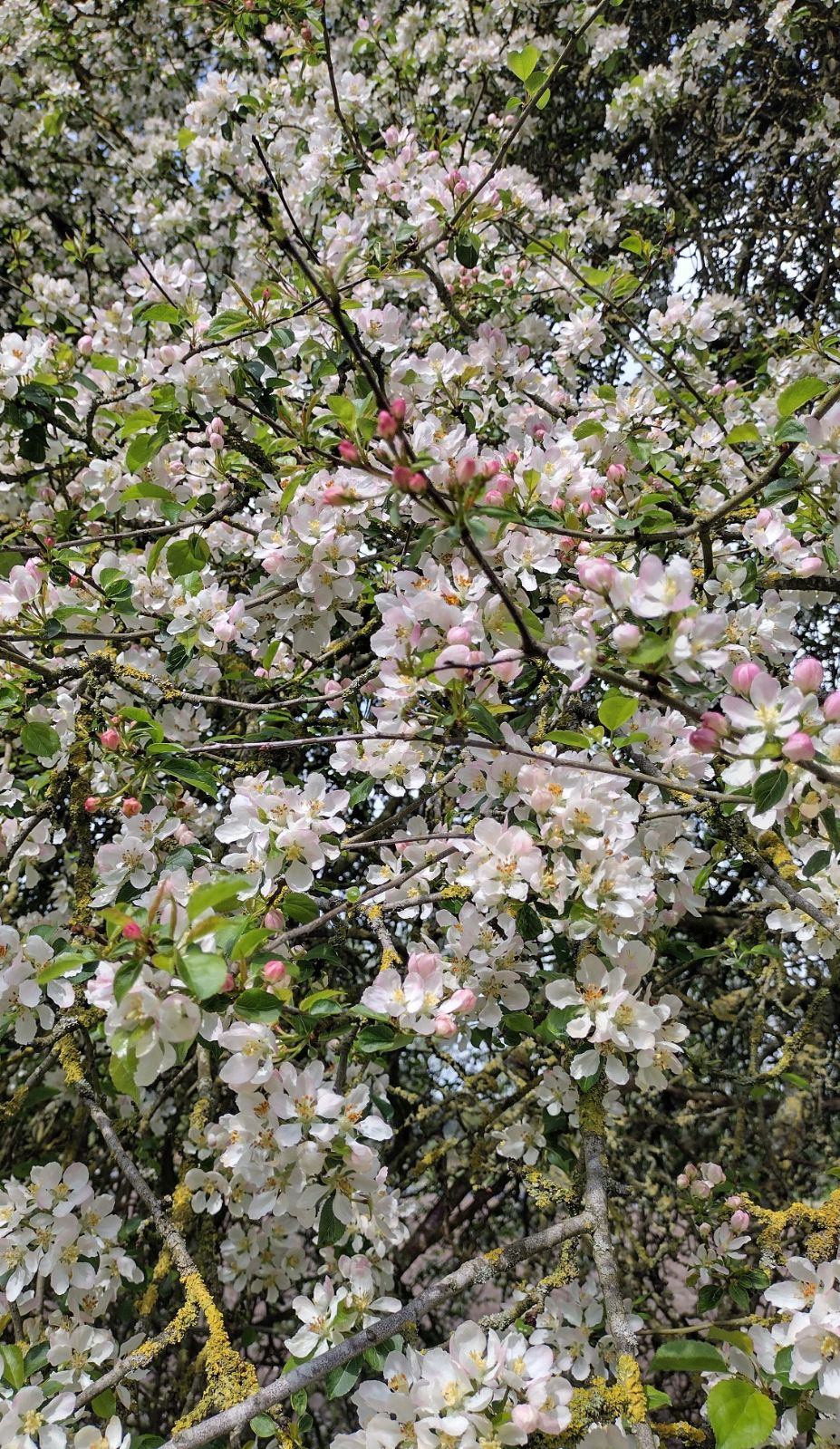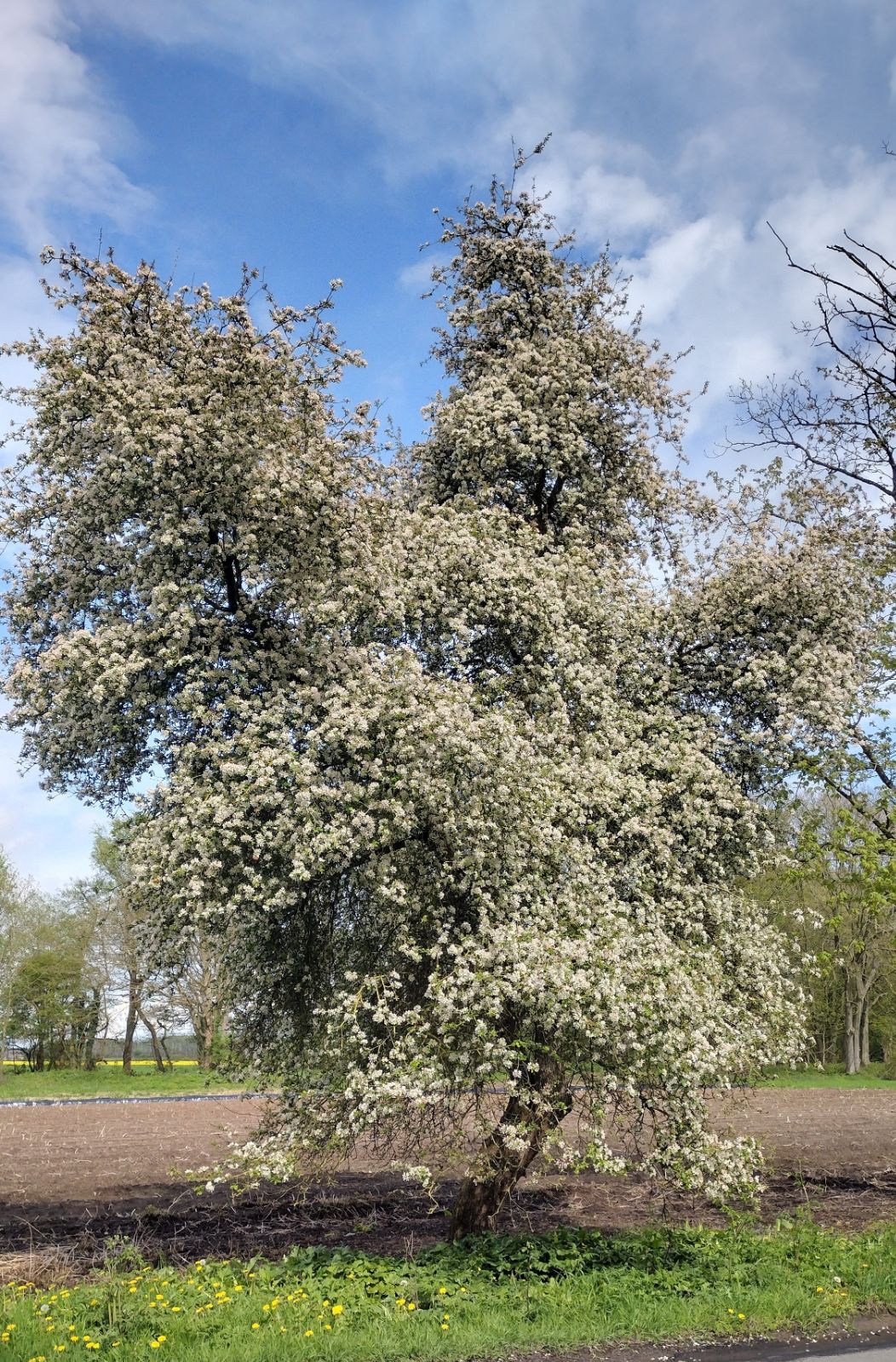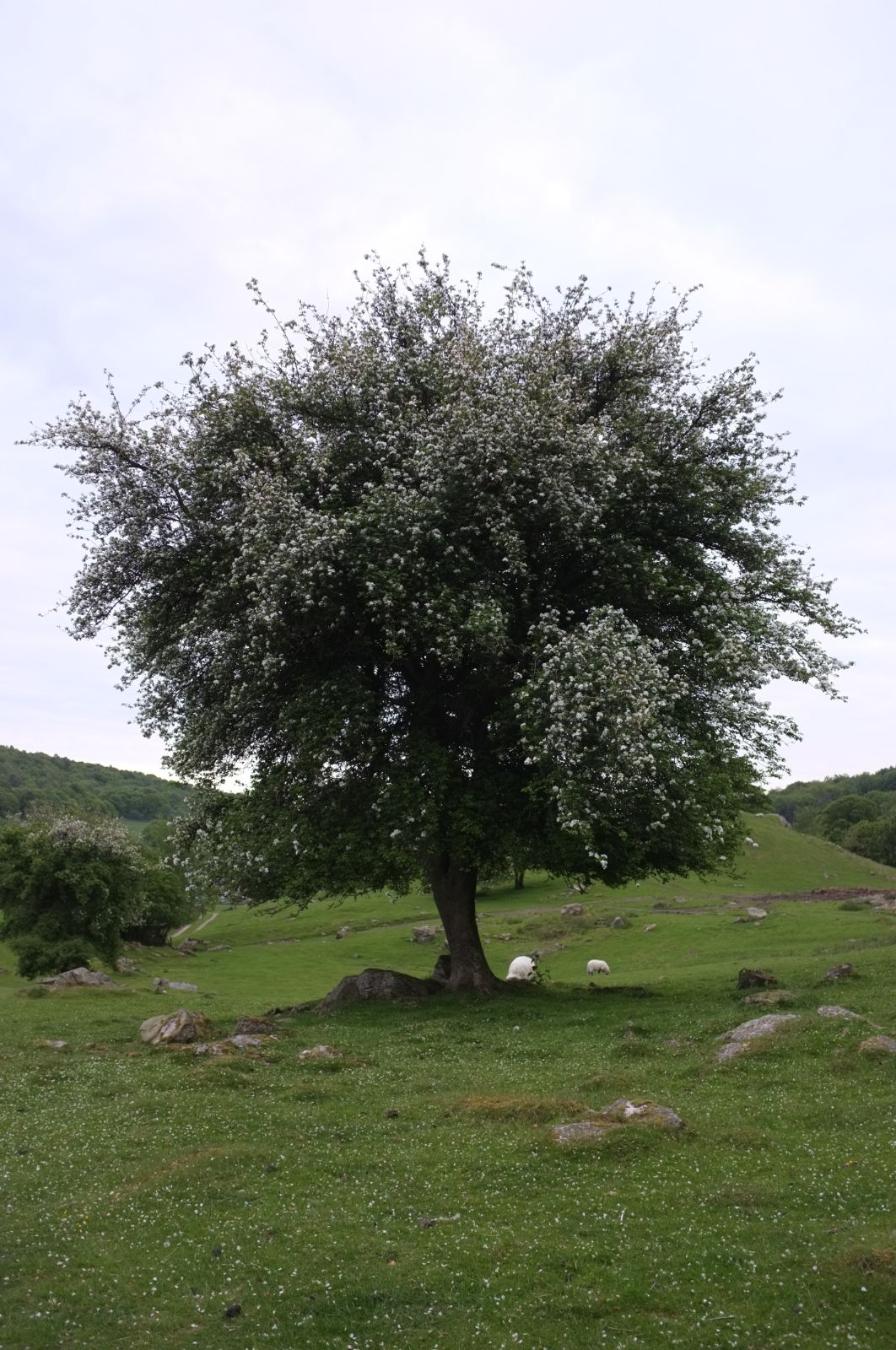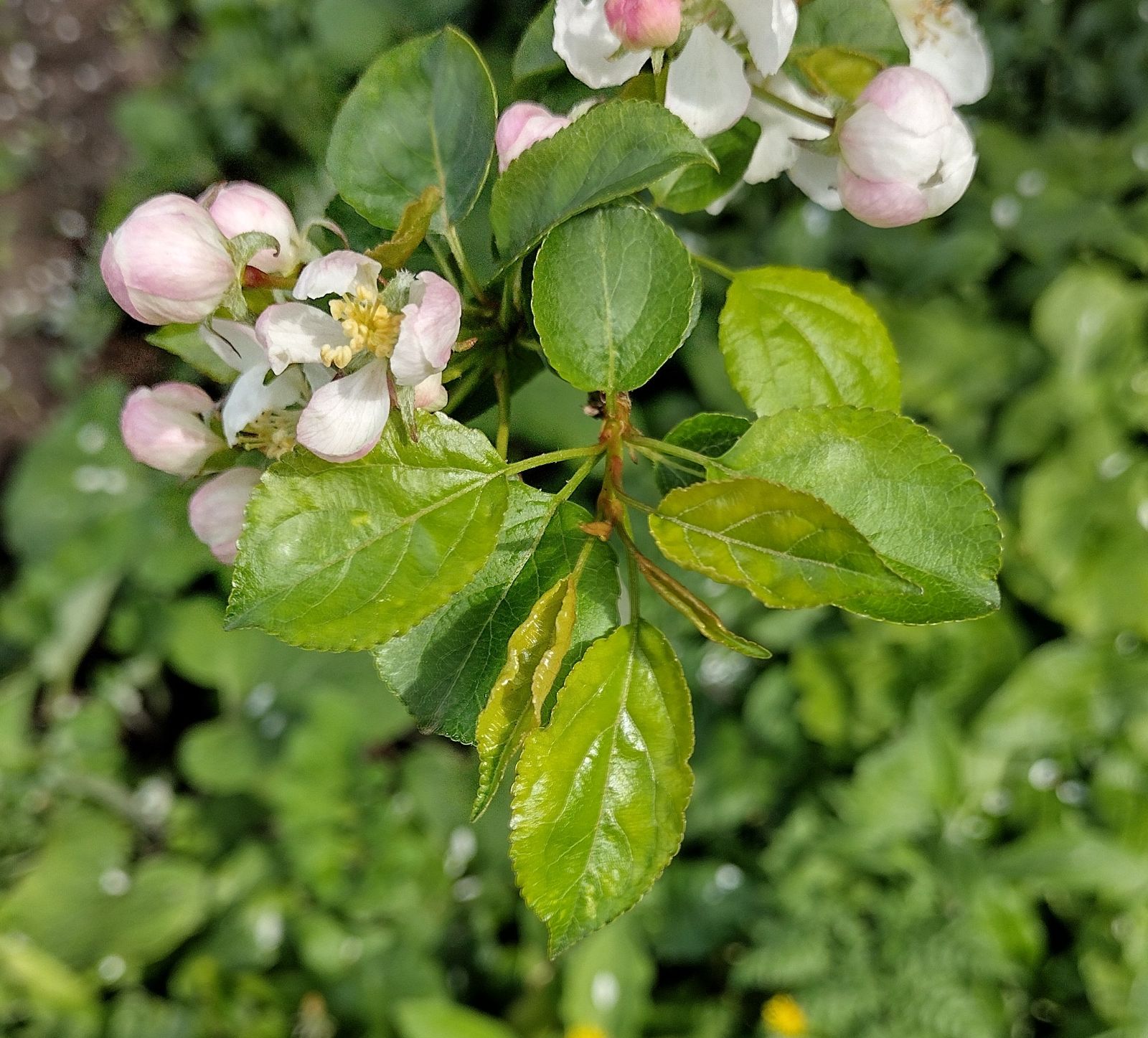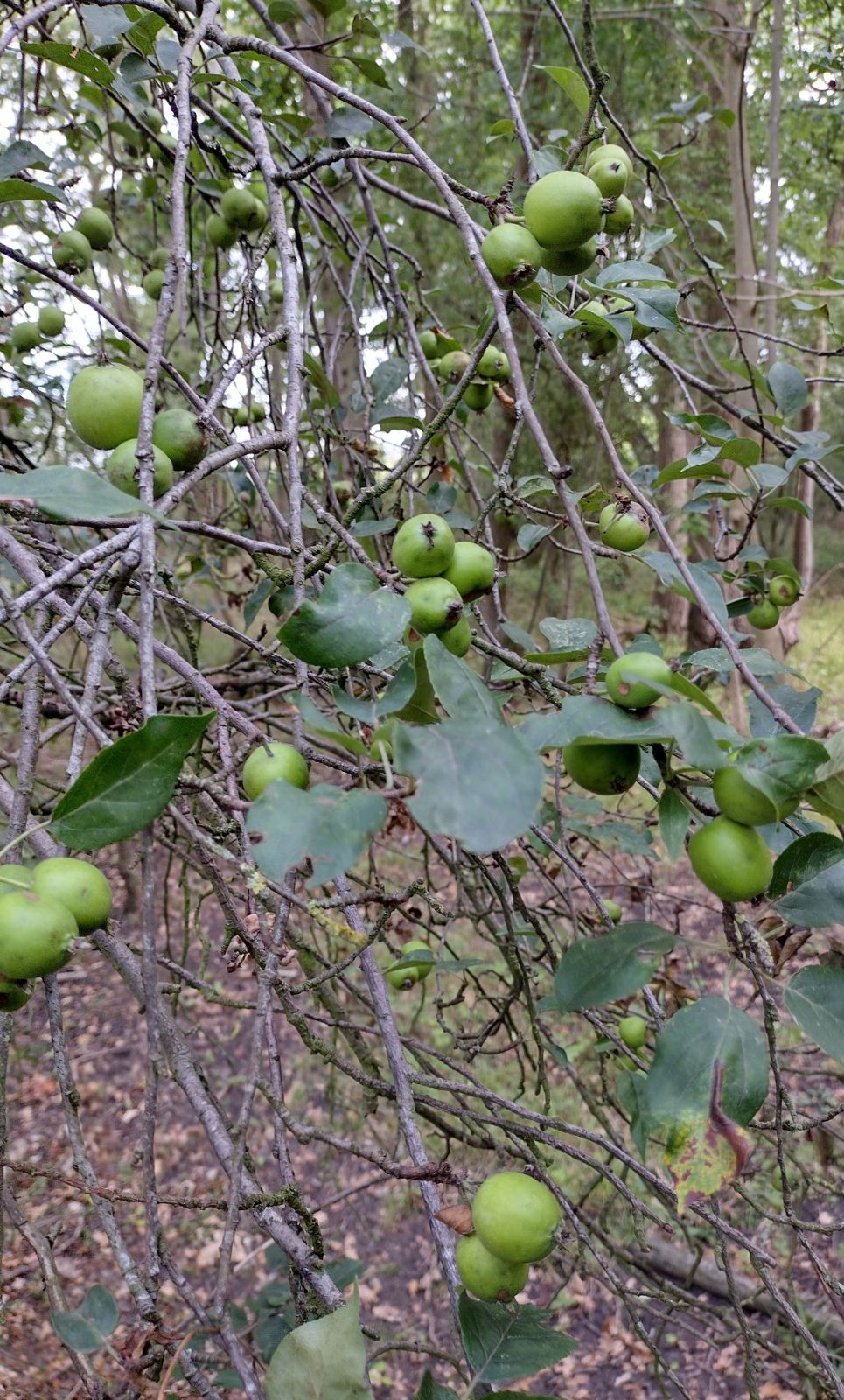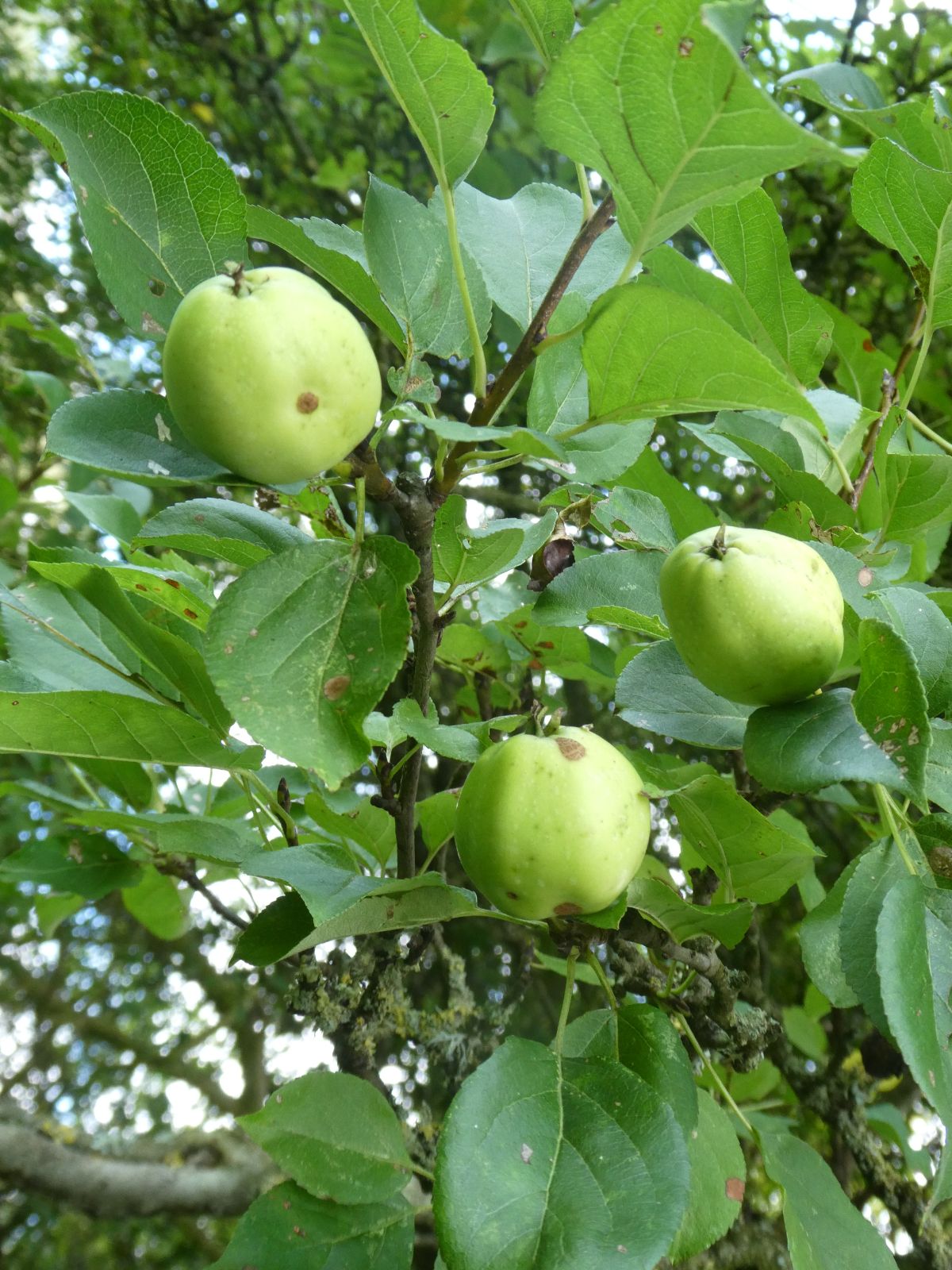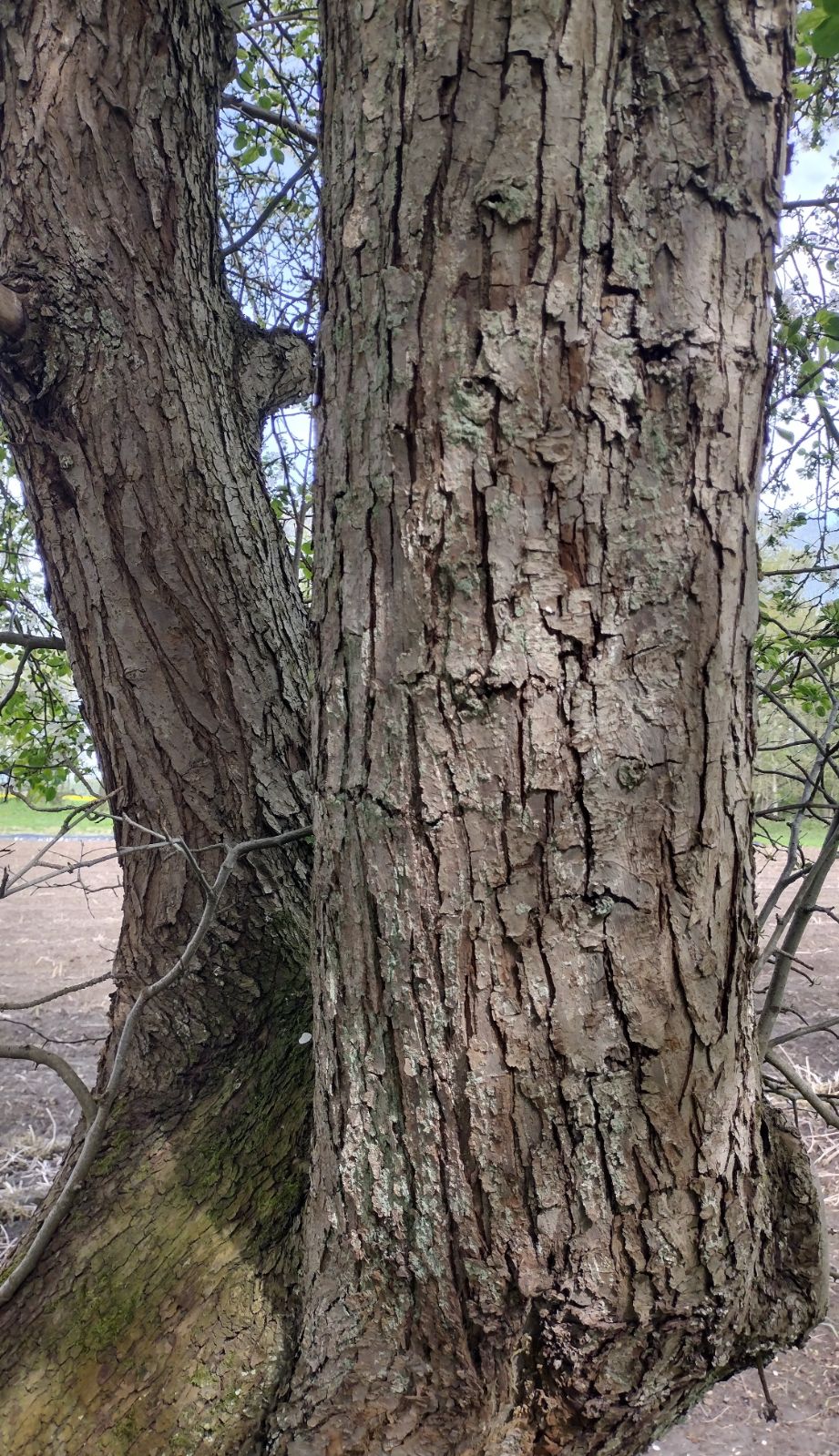Malus sylvestris
Sponsor
Kindly sponsored by
Francine: 'after many informative Tours and Study Days with the IDS I feel it only fitting to help and promote such a wonderful organisation'
Credits
Julian Sutton (species), Nick Dunn (cultivars) (2021)
Recommended citation
Sutton, J. & Dunn, N. (2021), 'Malus sylvestris' from the website Trees and Shrubs Online (treesandshrubsonline.
Other taxa in genus
- Malus × adstringens
- Malus angustifolia
- Malus × arnoldiana
- Malus asiatica
- Malus × astracanica
- Malus × atrosanguinea
- Malus baccata
- Malus bhutanica
- Malus × brevipes
- Malus chitralensis
- Malus coronaria
- Malus crescimannoi
- Malus Cultivars A-B
- Malus Cultivars C
- Malus Cultivars D-F
- Malus Cultivars G-I
- Malus Cultivars J-K
- Malus Cultivars L-M
- Malus Cultivars N-Q
- Malus Cultivars R
- Malus Cultivars S
- Malus Cultivars T-Z
- Malus dasyphylla
- Malus × dawsoniana
- Malus domestica
- Malus doumeri
- Malus florentina
- Malus × floribunda
- Malus fusca
- Malus × gloriosa
- Malus halliana
- Malus × hartwigii
- Malus × heterophylla
- Malus honanensis
- Malus hupehensis
- Malus ioensis
- Malus kansuensis
- Malus kirghisorum
- Malus komarovii
- Malus × magdeburgensis
- Malus × micromalus
- Malus × moerlandsii
- Malus montana
- Malus ombrophila
- Malus orientalis
- Malus × platycarpa
- Malus praecox
- Malus prattii
- Malus prunifolia
- Malus × purpurea
- Malus × robusta
- Malus rockii
- Malus Rootstock Cultivars
- Malus Rosybloom Cultivars
- Malus × scheideckeri
- Malus sieversii
- Malus sikkimensis
- Malus × soulardii
- Malus spectabilis
- Malus spontanea
- Malus × sublobata
- Malus toringo
- Malus transitoria
- Malus trilobata
- Malus tschonoskii
- Malus turkmenorum
- Malus yunnanensis
- Malus × zumi
Small tree or shrub to 10 m, rarely much taller in the wild, to 21 m; branches often spiny. Branchlets dark brown, glabrous or loosely hairy at first. Leaf blades ovate, elliptic or suborbicular, 3–11 × 2.5–5 cm, usually with short hairs on the veins of both surfaces when young, but becoming glabrous; base rounded or cuneate, apex shortly acuminate, margin crenate or serrate; petiole 1.5–3 cm, somewhat hairy at first, glabrous later. Inflorescence a few-flowered corymb; pedicels 1–2.5 cm, glabrous or slightly hairy. Flowers 3–4 cm diameter, in late April or May. Sepals triangular, acuminate, 3–7 mm long, glabrous below, hairy above; petals white or pink, 1.3–2 cm, rounded-ovate to obovate; stamens ~10 mm, styles initially shorter but lengthening. Fruit yellow-green, more or less globose, 2–3 cm diameter. (Tutin et al.1968; Yuzepchuk 1971).
Distribution Albania Austria Belgium Bosnia and Herzegovina Bulgaria Croatia Czechia Denmark Estonia Finland extreme SW France mainland, Corsica Germany Greece Hungary Ireland Italy mainland, Sicily, Sardinia Latvia Liechtenstein Lithuania Luxembourg North Macedonia Moldova Montenegro Netherlands Norway Poland Portugal Romania Russia European Serbia Slovakia Slovenia Spain Sweden Switzerland Turkey European Ukraine United Kingdom
Habitat Deciduous and mixed woodland, especially gaps, margins and unusually wet or dry areas.
USDA Hardiness Zone 5-7
RHS Hardiness Rating H6
Conservation status Data deficient (DD)
This prickly European species is really of no importance in gardens except as a contributor to the gene pool of M. domestica (Bean 1981). It is a much less hairy plant than the orchard apple; in particular the glabrous mature leaves and upper surface of the sepals distinguish M. sylvestris. Its small, sour fruit is less diagnostic, since fruit characters vary widely in M. domestica. As a wild plant it has been much over-recorded in Britain, where apparently wild seedlings of M. domestica are common (Stace 1997). Hybridization makes distinguishing the two more difficult still; intermediates are frequent (Stace 1997) and even in natural forest populations in France, hybrids can be detected genetically (Schnitzler et al. 2014) albeit at low levels.
M. sylvestris is a tree of more open parts of woodland; Linnaeus’ specific epithet comes from the Latin silvestris (pertaining to woods). Like other apple species this is a shade intolerant tree, but the occasional very tall individual, drawn up in forest to over 20m, has been recorded in central Europe (Schnitzler et al. 2014; Jacobson 1996). It will sprout from the base when cut, and large coppice stools over 5 m in girth have been recorded in Britain (The Tree Register 2020).
Confusion with M. domestica makes older records of cultivation unreliable, but it seems unlikely that it has ever been planted in a significant way. Trees labelled M. sylvestris are occasionally seen in European collections, but natural populations might prove better hunting grounds for anybody wishing to study the species. The situation is similar in North America; wild provenance specimens can be seen growing in the very different climates of Berkeley, CA and the Chicago area (University of California Botanical Garden 2020; Morton Arboretum 2020).

